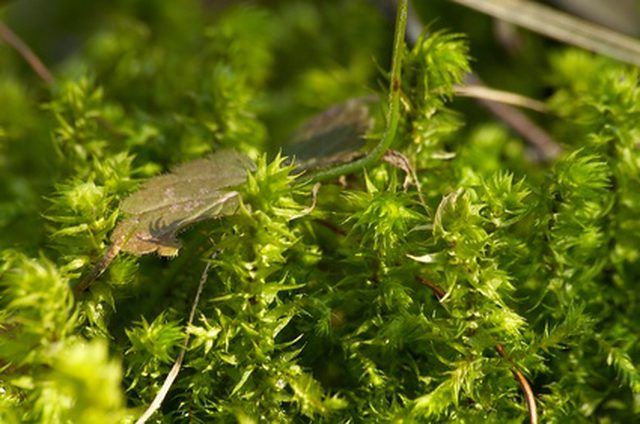Bulbs
Flower Basics
Flower Beds & Specialty Gardens
Flower Garden
Garden Furniture
Garden Gnomes
Garden Seeds
Garden Sheds
Garden Statues
Garden Tools & Supplies
Gardening Basics
Green & Organic
Groundcovers & Vines
Growing Annuals
Growing Basil
Growing Beans
Growing Berries
Growing Blueberries
Growing Cactus
Growing Corn
Growing Cotton
Growing Edibles
Growing Flowers
Growing Garlic
Growing Grapes
Growing Grass
Growing Herbs
Growing Jasmine
Growing Mint
Growing Mushrooms
Orchids
Growing Peanuts
Growing Perennials
Growing Plants
Growing Rosemary
Growing Roses
Growing Strawberries
Growing Sunflowers
Growing Thyme
Growing Tomatoes
Growing Tulips
Growing Vegetables
Herb Basics
Herb Garden
Indoor Growing
Landscaping Basics
Landscaping Patios
Landscaping Plants
Landscaping Shrubs
Landscaping Trees
Landscaping Walks & Pathways
Lawn Basics
Lawn Maintenance
Lawn Mowers
Lawn Ornaments
Lawn Planting
Lawn Tools
Outdoor Growing
Overall Landscape Planning
Pests, Weeds & Problems
Plant Basics
Rock Garden
Rose Garden
Shrubs
Soil
Specialty Gardens
Trees
Vegetable Garden
Yard Maintenance
Describe the Structure of a Moss Plant
Describe the Structure of a Moss Plant. Mosses are bryophytes, primitive plants believed to be among the first to develop the ability to live on land. Mosses have no vascular tubes to transfer water or nutrients, and no true stems or roots. Environmental water sources and absorption limit their size. The University of Massachusetts estimates there...
Mosses are bryophytes, primitive plants believed to be among the first to develop the ability to live on land. Mosses have no vascular tubes to transfer water or nutrients, and no true stems or roots. Environmental water sources and absorption limit their size. The University of Massachusetts estimates there are 14,500 moss species growing in different habitats, all having basically the same structure.
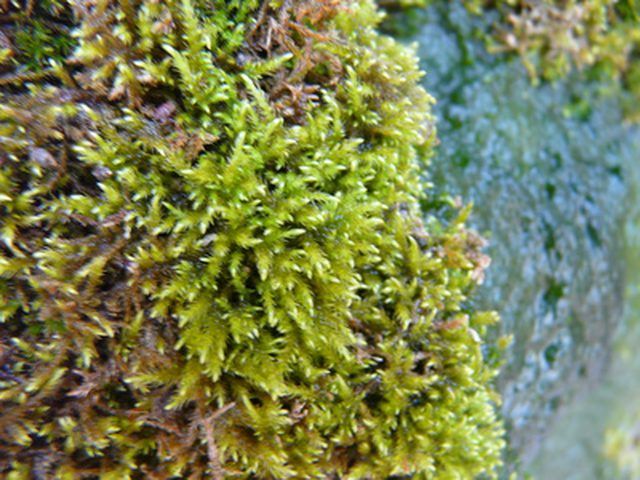
The initial moss plant is a spore given off by the sporophyte that forms at the end of the moss plantís "stem." Released spores travel long distances on the wind and remain viable for decades. Spores landing in suitable conditions divide and produce hairy filaments called protonemas, which weave across the growing medium. Sprouting from the spore filaments, gametophytes form, held to the surface by rhizoids.
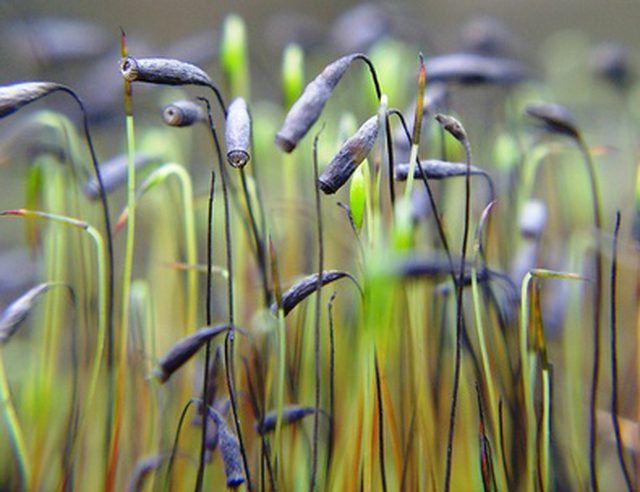
The main moss structure is the gametophyte, a mossís "stem" and "leaves." A moss stem (called the axis) supports leaf-like structures (phyllids) that carry out photosynthesis, transforming sunlight into sugars the moss uses for food. Typically arranged in a spiral, moss "leaves" are usually one cell thick with ribs two or more cells thick down their centers. Moss stems end in root-like strands called rhizoids, specialized to hold the moss to its growing surface.
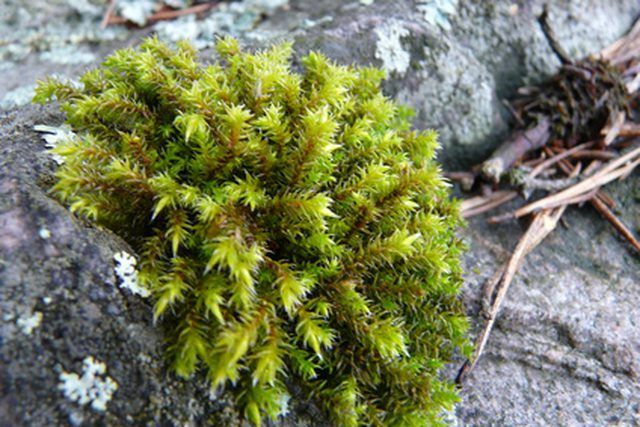
The second moss structure is really a second generation. Moss plants reproduce sexually using separate plants produced at different times. This is indicated in the name endings. "The termination '-phyte' means 'plant,' so the gametophyte is the 'gamete plant' and the sporophyte is the 'spore plant,'" Heino Lepp of the Australian National Botanic Garden reports in his article, "What is a Bryophyte?" Gametophytes are tipped with either inverted cone-shaped areas (archegonia) or male reproductive organs (antheridia). Released sperm (antherizoids) need water since they swim to the archegonium. Sprouting from the gametophyte tip after fertilization, a sporophyte holds itself in place by anchoring a foot in the archegonium.
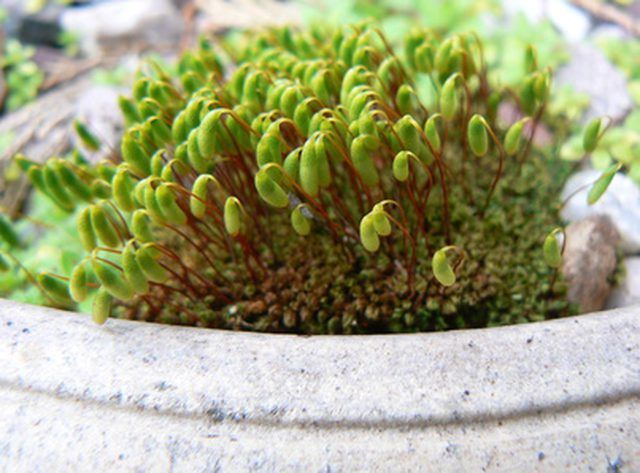
The sporophyte stalk, called the seta, bears the sporangium (spore capsule) on its tip. One sporangium may produce up to a million spores. Maturing spore capsules are guarded by a covering called the calyptra that shrivels and falls off when the spores are mature. A cap called the operculum tops the capsule's opening under the calyptra. The capsule opening (peristome) can have teeth that help hold it closed. Matured spores are released when the capsule top ruptures and drift off to form new plants.
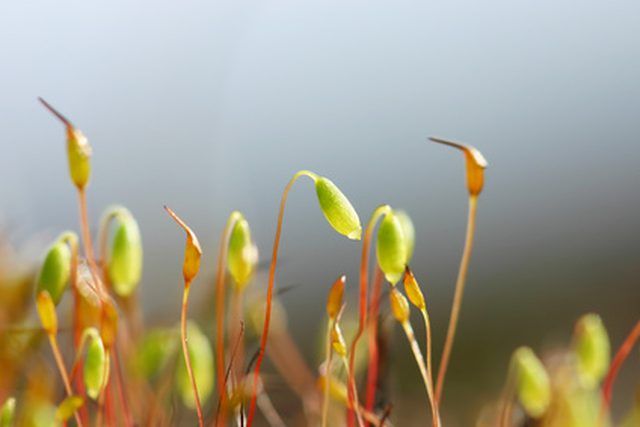
Mosses donít depend on only sexual reproduction. Gametophytes have balls of unspecialized cells, called gemmae, attached to them. If broken off each, simple cell can bud to form a protonema that sends out lateral shoots. New gametophytes develop from the shoots, ensuring the mossís survival. Their simple structure and multiple reproductive methods allow mosses to thrive from the Arctic Circle to the equator.
